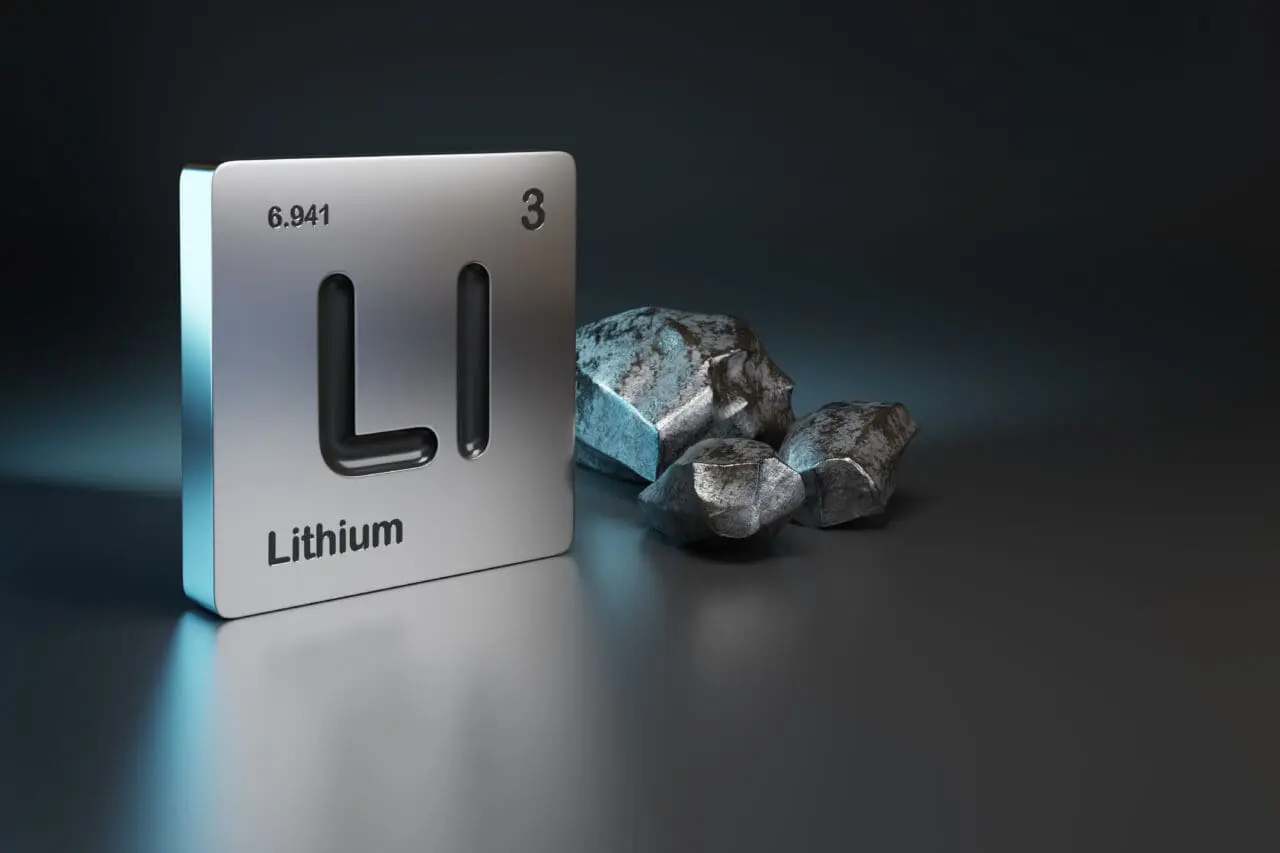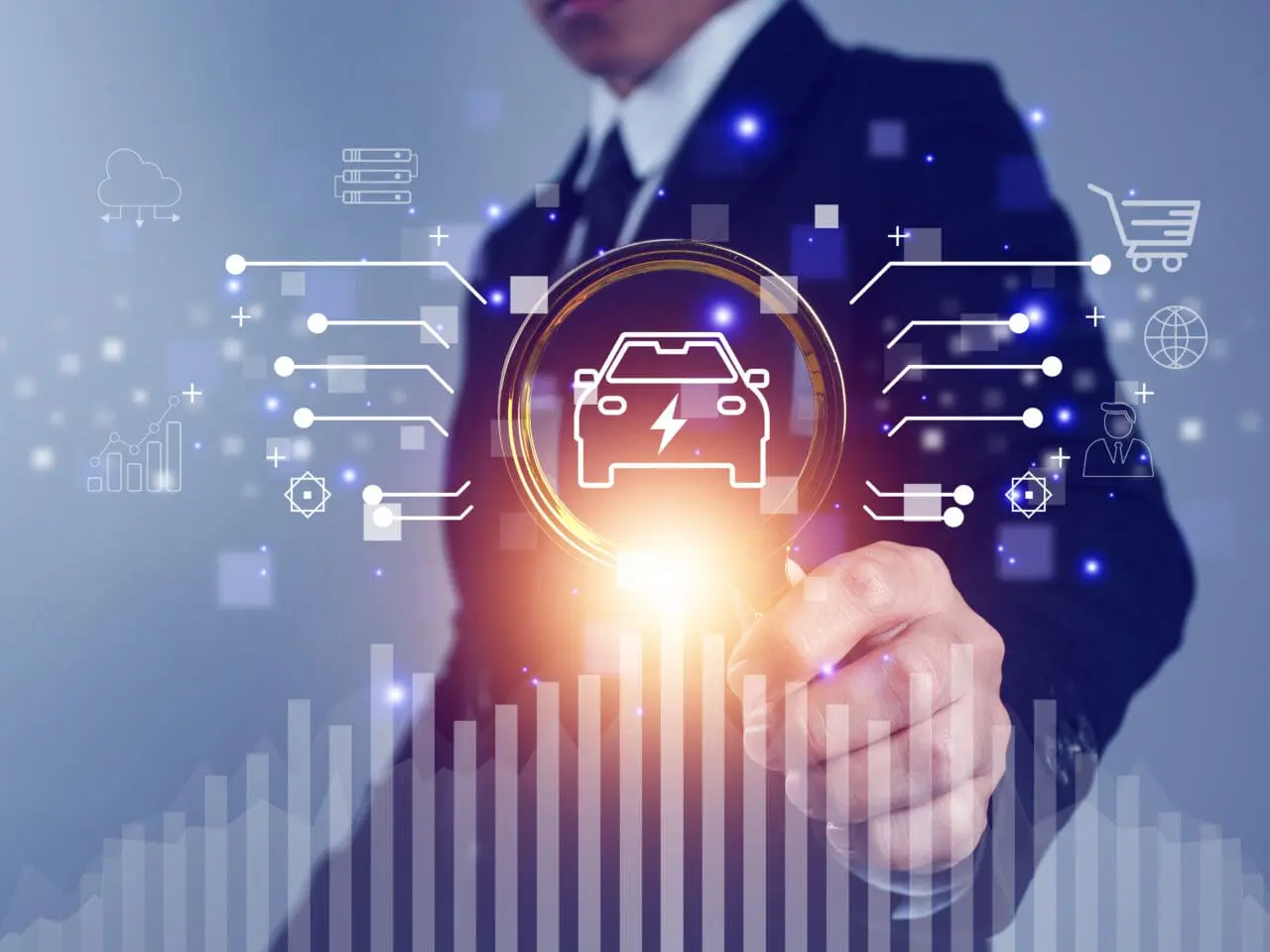

In a landscape dominated by the push for sustainability, a pivotal breakthrough emerges: Lithium Ion Batteries doubling the driving range of electric cars (EVs). This innovative leap, spearheaded by Stanford researchers, offers a resounding answer to ‘range anxiety’—the Achilles heel of EV adoption. Addressing the critical weaknesses of efficiency and longevity, this new technology incorporates an ingenious, cost-effective strategy that breathes new life into battery materials. By allowing batteries to recuperate in a discharged state, researchers have not only improved the capacity retention but also extended the lifecycle, making EVs more practical and enticing to a broader audience. This striking advancement is not just a step but a giant leap forward in reducing our carbon footprint and ushering in a cleaner automotive future.
The electrification of the transportation sector receives a significant boost with the latest innovation in Lithium Iron Batteries, promising to double the driving capacity of Electric Vehicles (EVs) or electric cars. This breakthrough tackles the pervasive issue of ‘range anxiety,’ enabling drivers to embark on longer journeys without the dread of a dwindling battery pack. The reimagined EV batteries, powered by research from Stanford, not only push the boundaries of energy storage but also boast a unique self-healing property. Allowing the solid-state batteries to rest in a discharged state miraculously recuperates lost capacity, significantly prolonging their life expectancy and tilting the scales towards a sustainable transport evolution. For consumers and the industry alike, this development marks a pivotal shift, painting a future where EV travel is not just a green alternative but a convenient and reliable choice for hybrid electric vehicles.
Key to addressing the longevity and efficiency issues of Lithium Ion Batteries is the novel approach discovered by Stanford researchers. By allowing these lithium iron phosphate batteries to remain in a discharged state, the team has successfully mitigated the problem of energy capacity loss that has long plagued rechargeable batteries. This strategy notably increases the lifecycle of the batteries, ensuring that they maintain their high-capacity performance over a significantly extended period. Not only does this represent a technological victory for battery lifespan, but it also vastly improves the economic and environmental prospects of electric cars (EVs), bringing them closer to mainstream adoption and sustainability goals. This advancement also paves the way for higher energy density, which is crucial for the future of electric vehicles.
Redefining battery electric mobility, Lithium Ion Batteries emerge as a linchpin in the quest for greater EV adoption, offering a tangible solution to the persisting dilemma of ‘range anxiety’. By doubling the mileage potential of battery electric vehicles, this advanced battery technology is breaking down one of the most significant barriers deterring consumers from making the switch from traditional combustion engines. It’s a seminal moment that could very well accelerate the global shift towards battery electric vehicles, fostering a market ripe for innovation and sustainable growth. The restoration technique uncovered by Stanford researchers not only amplifies efficiency but also reassures longevity, promising a future where EV batteries are not just eco-friendly, but robust and reliable for long-term use.
In the ongoing fight against climate change, Solid State Batteries and Lithium-Ion Batteries illuminate the way with their sustainable capabilities. These batteries not only offer the potential to significantly increase the range of electric vehicles but also introduce an innovative method to enhance their durability over time. The focus is on the approach that enables batteries to recharge by being left in a discharged state, reducing environmental impact by cutting down on the need for frequent battery replacements. This groundbreaking advancement in Battery Development could serve as the pivotal point in shifting the automotive industry towards a greener, more sustainable future where reduced emissions and lesser dependence on fossil fuels become the standard. With the emergence of Solid State Batteries and Lithium-Ion Batteries, we are not just driving electric vehicles; we are progressing towards a more eco-friendly world with each mile. Electric Vehicle Chargers and EV Battery Packs will play significant roles in this transition.
In the drive to revolutionise electric car batteries (EVs), the journey of Lithium Iron Phosphate Batteries from laboratory innovation to road-ready powerhouses encapsulates the essence of cutting-edge research turning into real-world solutions. The commendable work of Stanford researchers in doubling EV range heralds a new era for the automotive industry. This advancement is not merely a leap in battery chemistry but a concrete stride towards meeting the demands of consumers for greater distances and reliable transportation. As these high-performance lithium batteries undergo rigorous testing and scaling-up processes, the industry watches with bated breath, anticipating a swift transition from the experimental phase to broad-scale implementation that promises to redefine sustainable transportation.
The development of low-cost Solid State Batteries represents progress in improving battery capacity for Electric Drive Vehicles (EDVs). Stanford’s research advancements have the potential to reduce expenses related to high-capacity batteries, benefiting electric motors and battery manufacturers. This breakthrough is vital in democratising green technology by addressing economic barriers to widespread electric vehicle adoption. Cost-effectiveness, aligned with eco-conscious values and long-term savings on fuel and maintenance, encourages consumers to embrace EVs, fostering a more inclusive and resilient shift to clean energy.
The electric vehicle market is on the brink of a revolution, primarily driven by advancements in Solid State Battery technology. These batteries not only enhance driving range but also demolish the psychological barriers of ‘range anxiety’ for potential EV owners. Stanford researchers’ creativity has surpassed past constraints, offering a solution that could potentially double the energy density compared to traditional lithium-ion batteries. This innovation plays a key role in reshaping consumer perceptions, ensuring electric vehicles can rival, and ultimately exceed, the convenience of their fossil-fuel counterparts. The rapid adoption of EVs, fuelled by these advancements, marks a significant step forward in our collective journey towards sustainable transportation.
The transformative potential of Lithium Cobalt Oxide battery technology is revolutionising the automotive industry by propelling it towards a sustainable and innovative future. Through advancements in manufacturing batteries, enhancing battery performance, and promoting battery recycling, these batteries can significantly extend the driving range of electric vehicles. Stanford researchers are leading the way in improving the energy density and lifecycle of these batteries, paving the path for a future where electric cars are widespread, combining high performance with minimal environmental impact. This progress not only signifies the evolution of electric vehicles but also the establishment of a sustainable future where our roads rely less on fossil fuels and align more with the planet’s well-being. The entire supply chain is being reshaped to create a more eco-friendly and efficient system.

This website uses cookies to improve your experience. Choose what you're happy with.
Required for the site to function and can't be switched off.
Help us improve the website. Turn on if you agree.
Used for ads and personalisation. Turn on if you agree.
This website uses cookies to improve your experience. Choose what you're happy with.
Required for the site to function and can't be switched off.
Help us improve the website. Turn on if you agree.
Used for ads and personalisation. Turn on if you agree.